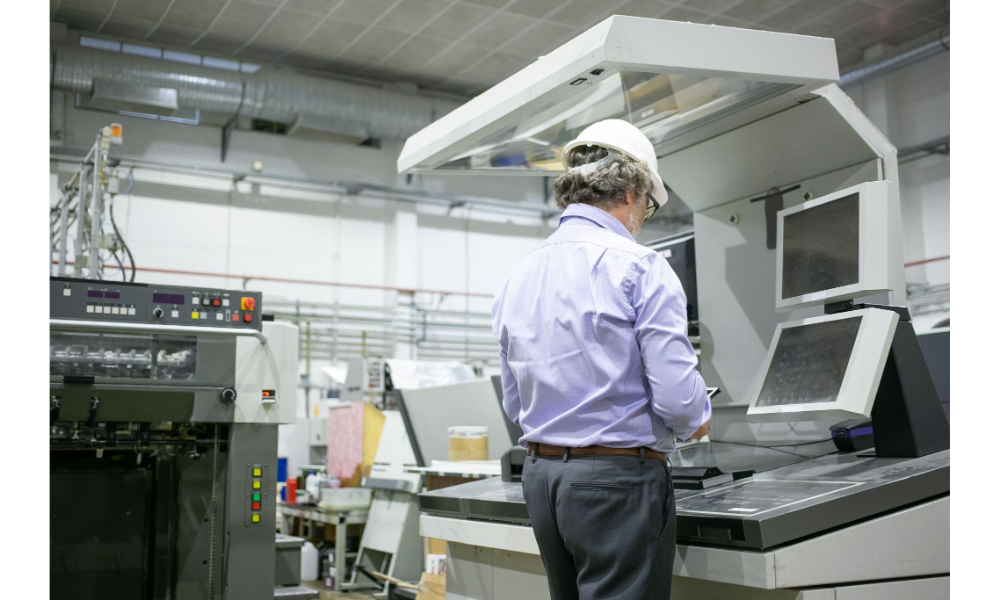Electronics once depended heavily on through-hole methods, where components were pushed through drilled holes. That approach had its strengths but took up more space and slowed down production. The industry began seeking faster and more compact solutions, and surface-mount technology, or SMT, became the answer. By soldering components directly onto the surface of boards, manufacturers found a way to save space while increasing efficiency. This change allowed modern devices to shrink in size yet grow in functionality. Facilities specialising in PCB Manufacturing in Singapore played a role in adopting this approach to meet growing demand.
Why Space Matters in Design
Walk into any shop today and you will see slim phones, lightweight laptops, and compact wearables. The design of these devices would not be possible without SMT. By placing components directly on surfaces rather than drilling holes, engineers can design boards with higher density. This not only reduces the footprint but also improves signal performance by keeping pathways short. Such efficiency is vital in consumer electronics and industrial equipment alike. Companies involved in PCB Manufacturing in Singapore recognise that SMT goes beyond saving space, allowing manufacturers to deliver boards that are both compact and reliable in a practical way.
Speed and Efficiency in Assembly
SMT is known for its speed. Automated pick-and-place machines handle thousands of components per hour, each set down with precision. Reflow soldering then locks everything in place as boards pass through controlled heat profiles. Compared to older methods, SMT lines can produce more units in less time. This efficiency lowers costs for manufacturers and makes electronics more affordable for consumers. It also helps companies meet tight deadlines without compromising quality. The growth of SMT has made assembly lines smoother, much like a conveyor belt at full stride.
Durability and Reliability
Durability is often linked with how well components are attached. SMT components tend to have stronger mechanical bonds since they sit directly on the surface with solder connections spread across pads. This structure reduces the chance of vibration damage and makes boards more resilient to shocks. For industries like automotive and aerospace, such resilience is not optional but essential. By using SMT, manufacturers can produce boards that maintain performance even under constant strain.
Testing and Inspection
Speed alone would not make SMT the standard if it did not also meet quality demands. Testing methods such as automated optical inspection and X-ray systems are used to check solder joints and placement accuracy. These steps ensure defects are caught early before products move forward in production. With these measures in place, SMT boards consistently achieve the levels of reliability required in today’s electronics. This approach shows that efficiency and accuracy can work hand in hand.
Flexibility Across Applications
One reason SMT continues to dominate is its flexibility. The method can be used in mass production runs for consumer gadgets as well as in smaller batches for prototypes. It suits both simple single-layer boards and complex multilayer designs. This versatility keeps SMT relevant across sectors. Whether for medical equipment, industrial machines, or wearable devices, the same approach adapts to different needs. Firms engaged in PCB Manufacturing in Singapore benefit from this versatility as they supply industries that require boards tailored to diverse applications.
Aligning with Industry Needs
The demand for electronics is constantly rising, and SMT has proven able to keep pace. It supports miniaturisation, efficiency, and durability, aligning with the needs of both manufacturers and consumers. Moreover, its compatibility with automation helps firms maintain consistent output in competitive markets. As global supply chains evolve, the reliability and efficiency of SMT give manufacturers a stable foundation to build on. By delivering on both performance and cost efficiency, SMT holds its place as the standard method in electronics assembly. Contact MPN Tech to learn how SMT and advanced PCB solutions can support your business with reliable and efficient electronics.




